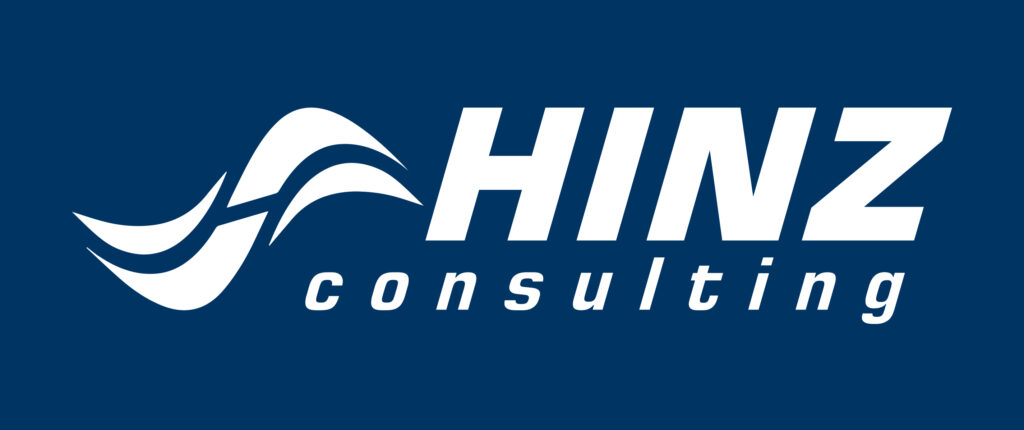Annotated outlines play a crucial role in the proposal development process for government contracts. Let’s delve into what an annotated outline is, their significance, and how they contribute to successful proposal submissions.
What is an Annotated Outline in Government Contracting?
An annotated outline is a structured framework outlining the content and structure of a proposal for a government contract. It serves as a roadmap, guiding proposal writers through the development process by breaking down the proposal into manageable sections, each annotated with specific instructions, requirements, and guidance provided in the solicitation.
Why are Annotated Outlines Important in Government Contracting?
Annotated outlines serve several essential purposes in government contracting:
Alignment with Solicitation Requirements: Annotated outlines ensure that proposals are aligned with the requirements outlined in the solicitation. By organizing proposal content according to the specified evaluation criteria and sections, annotated outlines help proposal writers address all relevant elements and comply with submission guidelines.
Clarity and Structure: Annotated outlines provide a clear structure for organizing proposal content, making it easier for writers to develop coherent and compelling narratives. They help maintain consistency and logical flow throughout the proposal, enhancing readability and comprehension for evaluators.
Efficient Collaboration: Annotated outlines facilitate collaboration among proposal team members by providing a shared framework for developing proposal content. Team members can work collaboratively to populate each section of the outline, ensuring that all necessary information is included and that content is cohesive and complementary.
Evaluation Preparation: Annotated outlines help proposal evaluators quickly locate and assess relevant information within the proposal. By mapping proposal content to evaluation criteria and requirements, annotated outlines enable evaluators to efficiently review and score proposals, ultimately enhancing the proposal’s competitiveness.
How to Develop an Annotated Outline for Government Proposals
Creating an annotated outline involves several key steps:
Review the Solicitation: Thoroughly review the solicitation to identify all requirements, evaluation criteria, and sections that must be addressed in the proposal.
Create Section Headings: Develop section headings based on the solicitation requirements, ensuring alignment with the specified evaluation criteria and submission instructions.
Annotate Each Section: Provide annotations or guidance for each section of the outline, highlighting key points, instructions, and content expectations. Annotations should clarify what information should be included in each section and how it should be presented.
Collaborate with Stakeholders: Collaborate with subject matter experts, team members, and other stakeholders to populate each section of the outline with relevant content. Ensure that all contributors understand their roles and responsibilities in developing the proposal.
Review and Refine: Review the annotated outline to ensure completeness, accuracy, and compliance with solicitation requirements. Make any necessary revisions or refinements to strengthen the outline and prepare it for use in proposal development.
Conclusion
Annotated outlines are invaluable tools in the government contracting process, providing a structured framework for developing comprehensive and compliant proposals. By guiding proposal writers, facilitating collaboration, and enhancing proposal clarity and coherence, annotated outlines contribute to the overall effectiveness and competitiveness of government proposals. Contact us to learn more!

